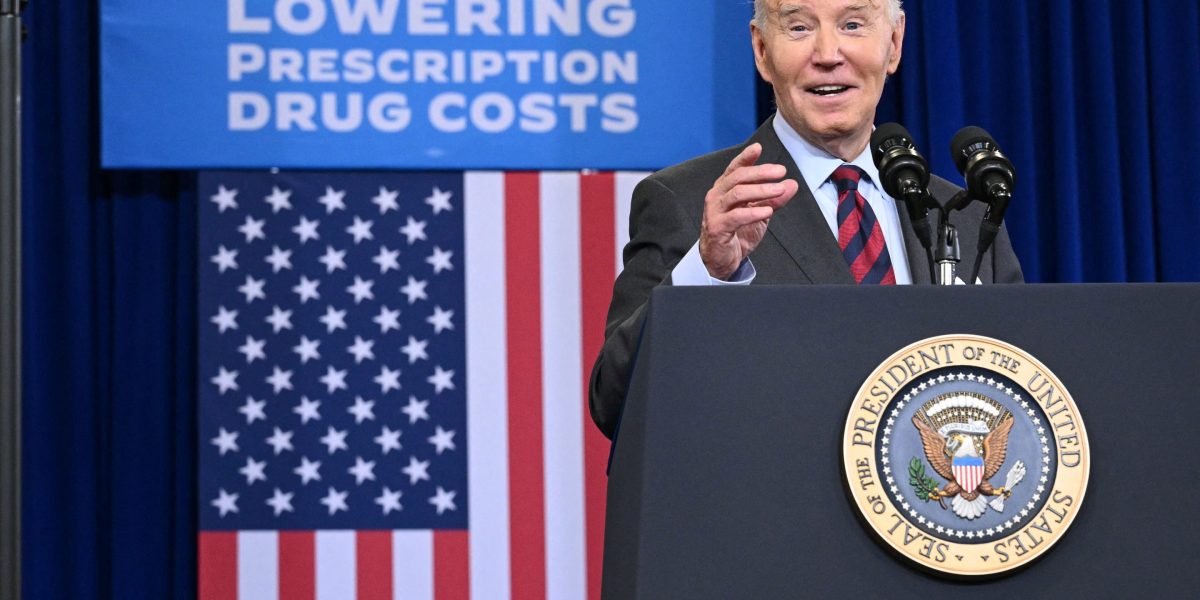Due to changes the 2022 Inflation Reduction Act (IRA) made to Medicare’s drug benefit, potentially millions of seniors were facing unprecedented premium increases for their Part D plans in 2025. Many beneficiaries would have learned of these increases just weeks before the November election. To avoid this political inconvenience, Biden-Harris administration officials came up with a temporary solution: a massive and stealthy insurance industry bailout.
All of this was avoidable as the ripple effects of the IRA were completely predictable. Economists—including the author of this article—described them two years ago. Despite these warnings, congressional Democrats and the White House officials forged ahead anyway.
Among the IRA’s most celebrated provisions was its out-of-pocket cap of $2,000 per year for Medicare prescription drugs, but equally important was the hidden change that large claims by beneficiaries were transferred from the government onto private drug plans. The law also authorized Medicare to impose price controls on a growing list of brand-name medications—even though most of the drugs selected for this program already cost around $1 per day.
The $2,000 out-of-pocket cap would reduce what many seniors have to pay. However, the cap doesn’t make those costs disappear, and plans were also faced with paying larger claims. As economists like to say, there’s no such thing as a free lunch.
Rather, the law simply transfers financial risk from patients to the Part D plans. Plans have responded to these higher operating costs by raising premiums or imposing coverage restrictions that make it harder for seniors to access the drugs they need. Many health insurance companies have simply stopped offering Part D plans entirely.
Proponents of the IRA said our concerns were unwarranted, as if we were using a faulty crystal ball to make projections. We weren’t. Instead, we were simply counting on businesses doing what they always do: to act rationally in response to changes in the incentive structure in which they operate.
Administration officials have tried to deflect attention from rising premiums and restricted coverage, pointing out that an entirely separate provision of the IRA, drug price controls, will supposedly save beneficiaries $1.5 billion out-of-pocket in 2026.
There’s good reason to doubt this $1.5 billion figure, but even if we assume it’s true, it’s still dwarfed by the premium hikes seniors are seeing due to the IRA. Comparing identical plans, average monthly premiums spiked a staggering 21% in 2024.That’s an additional $96 per year, or roughly $2.2 billion in additional premium spending across all stand-alone Part D plan enrollees just this year. Due primarily to the IRA, Part D premiums were set to increase by much more—as much as $5 billion—come 2026.
Celebrating $1.5 billion in supposed “savings” from a law that would also lead to $5 billion in premium increases is Washington math at its finest.
But skyrocketing premiums became impossible for the White House to ignore when, earlier this summer, the Biden administration’s own Medicare officials announced that insurer bids for 2025 plans were coming in 179% higher than the previous year. With a presidential election right around the corner, allowing monthly premiums to rise by anything close to that amount would have been disastrous.
So, administration officials went into damage control and cooked up a Medicare “demonstration program” to give Part D insurers a government subsidy to keep premiums down. One estimate has the cost of this demonstration at $10 billion over three years. In other words, the Biden-Harris administration is bailing out insurers with a $10 billion check to cover up the consequences of a policy they themselves advocated.
We know these premium hikes for seniors predictable. Yet we find no joy in saying, “We told you so.”
More must-read commentary published by Fortune:
The opinions expressed in Fortune.com commentary pieces are solely the views of their authors and do not necessarily reflect the opinions and beliefs of Fortune.
